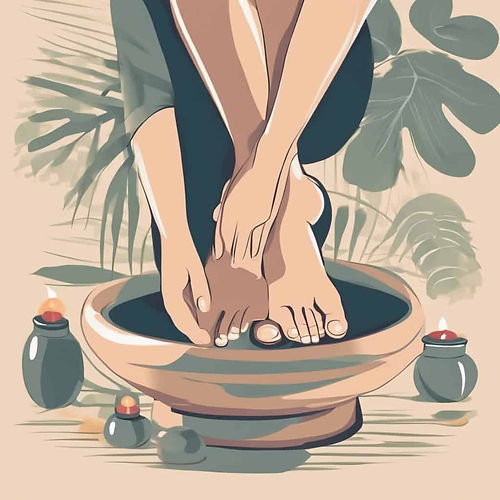Origins and Evolution

Roots of Reflexology
Reflexology has its roots in Egypt and China dating back approximately 5000 years.
In Egypt, the tomb of Ankhmahor in Saqqara features a wall painting, believed to be one of the earliest depictions of reflexology.
However, it is uncertain whether the image is of reflexology or simply massage. Nonetheless, this suggests that the practice of reflexology was prevalent in ancient Egypt.
Chinese medicine employs reflexology to balance 'qi' or energy by stimulating pressure points on the feet and hands.
This practice was developed around 3000 years ago, where Asian practitioners massaged the hands and feet to promote health by stimulating organs, nerve endings, and energy pathways.

Apart from China and Egypt, many cultures across the world have used foot massage to promote health and wellbeing.
For instance, American Indians have traditionally massaged the feet to restore balance to the body, mind, and spirit.
Development in the West
The origins of reflexology in Europe remain debated, but evidence suggests that foot pressure was used for therapeutic purposes during the Middle Ages.
While less systematic than modern reflexology, these practices highlight a long history of promoting health through foot pressure.
Reflexology today
-
Today, Reflexology is widely recognized as a popular alternative therapy known for its ability to alleviate pain, promote relaxation, and enhance overall well-being.
-
Its non-invasive and natural approach makes it a safe and appealing option for many, with no need for drugs or chemicals.
-
Additionally, Reflexology is easily accessible, allowing individuals to learn the techniques and apply them themselves, making it possible to practice almost anywhere and at any time.
